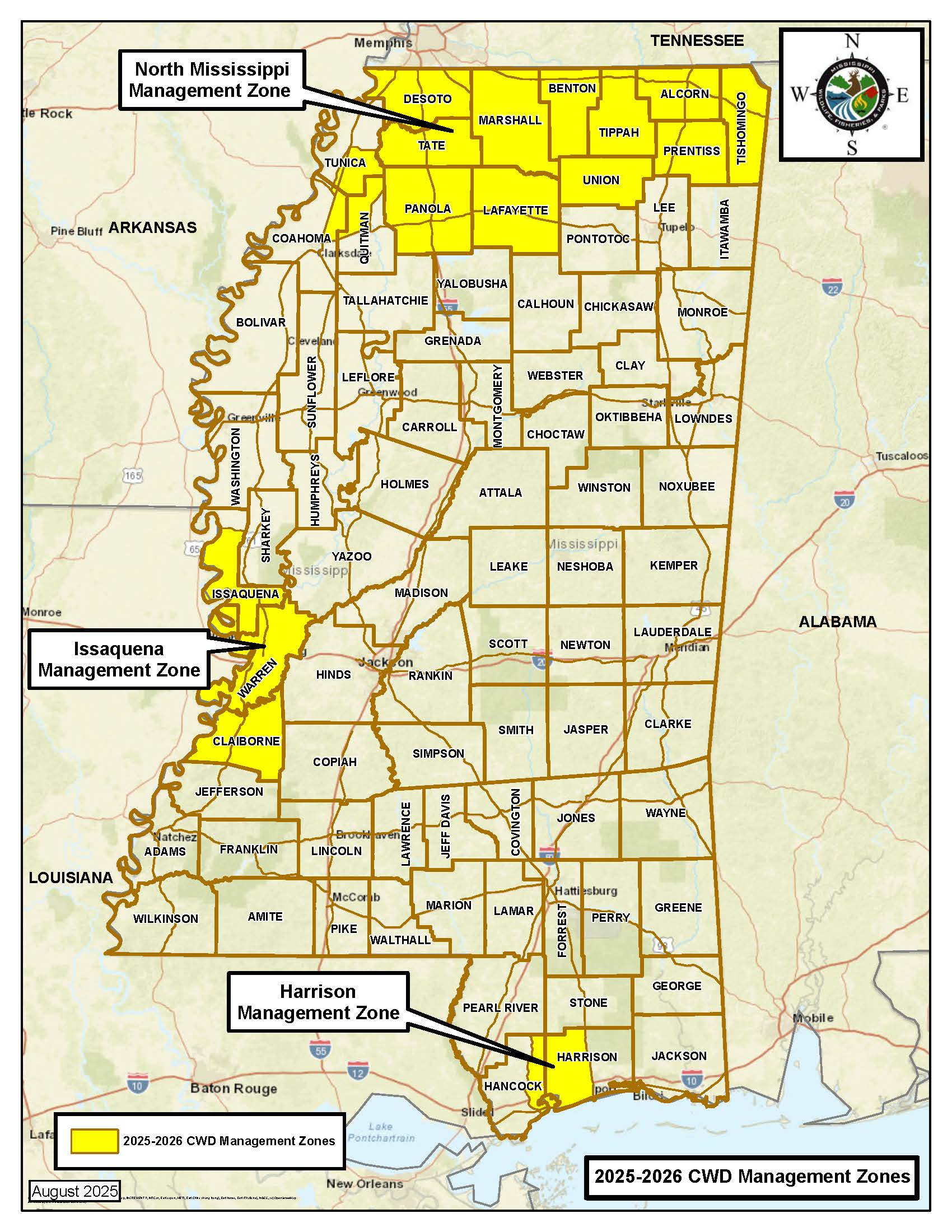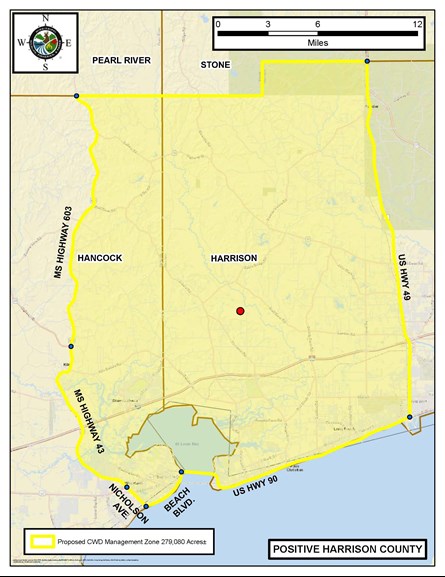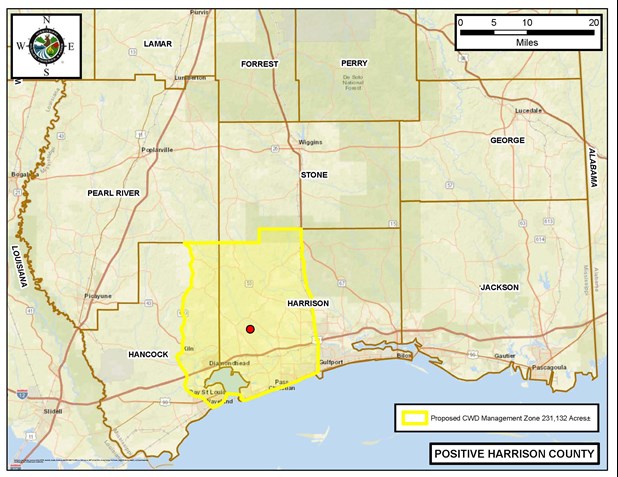

It is unlawful to:
This rule does not apply to:

Includes all portions of Alcorn, Benton, Desoto, Lafayette, Marshall, Panola, Prentiss, Tate, Tippah, Tishomingo and Union counties.
Only portions of Coahoma, Quitman, and Tunica counties defined as:
Only portions of Issaquena County defined as:
All portions of Warren and Claiborne County.
*Harrison County Management Zone will be effective February 16, 2024.*
1) Carcasses may not be transported outside of any CWD Management Zone. Research has shown that decomposed carcasses of infected animals can also contribute to transmission when prions bind to soil and plant material. Thus, movement of carcasses may introduce CWD into previously uninfected areas. Any harvested deer may be taken directly to a taxidermist or meat processor within the CWD Management Zone. Only the below products may leave the a zone:
2) Supplemental feeding is banned in all CWD Management Zones (salt licks, mineral licks, and feeders). Direct contact with prions is the most effective means of transmitting CWD. Research indicates saliva may have the highest concentration of prions. Thus, to minimize concentration of deer and potential spread of CWD, supplemental feeding is banned within all CWD Management Zones.


